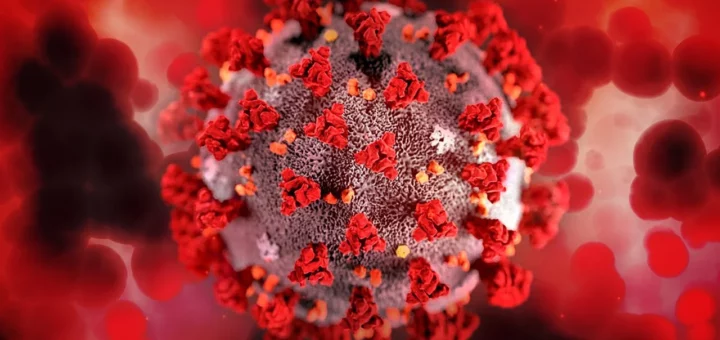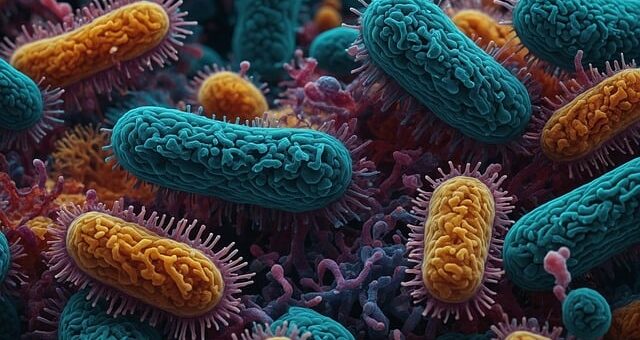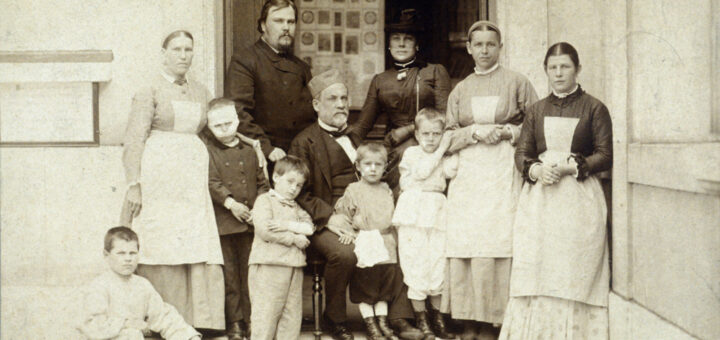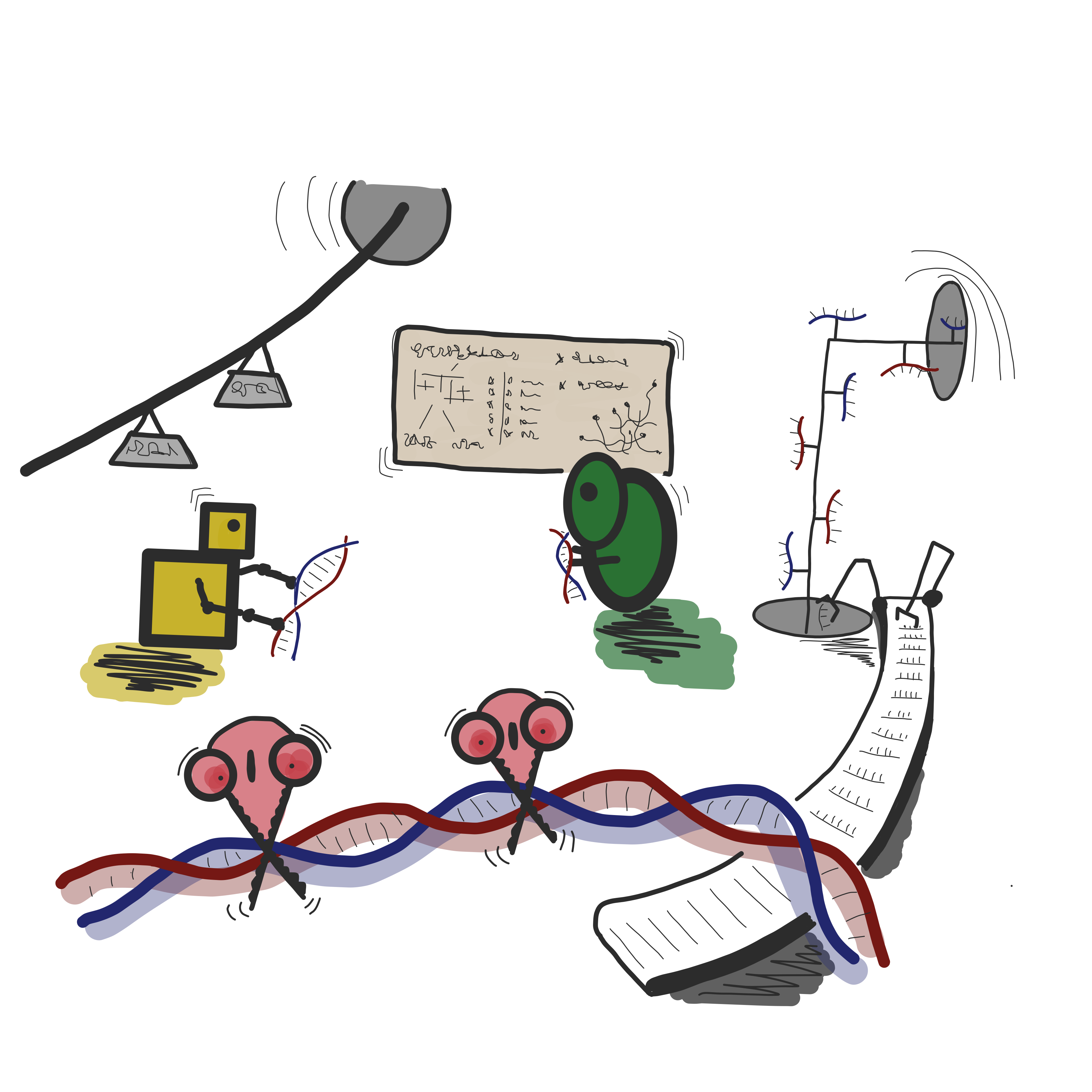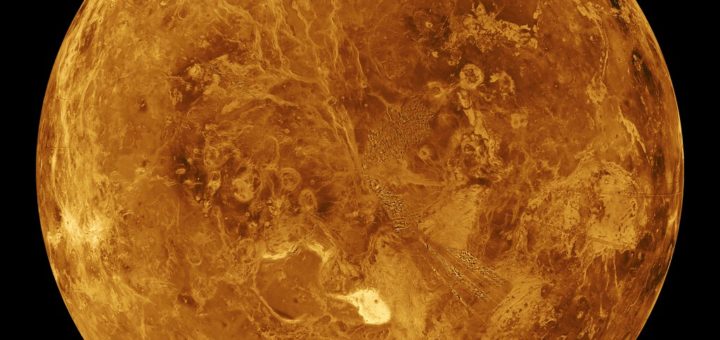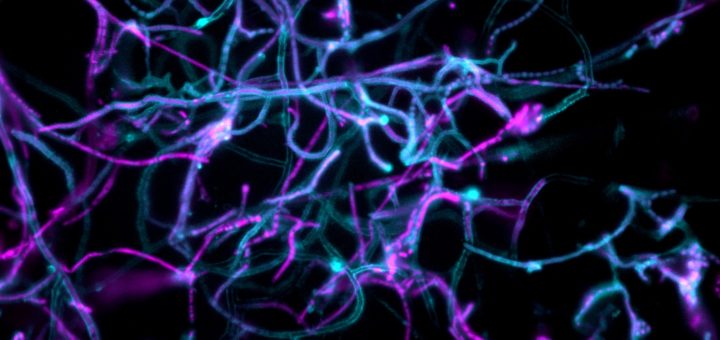Thawing microbial reservoirs – is another epidemic on the horizon?
Introduction The cryosphere, which comprises Earth’s glaciers and permafrost, has long been thought to be devoid of life. However, new evidence shows that it serves as a frozen archive, preserving both living and...


